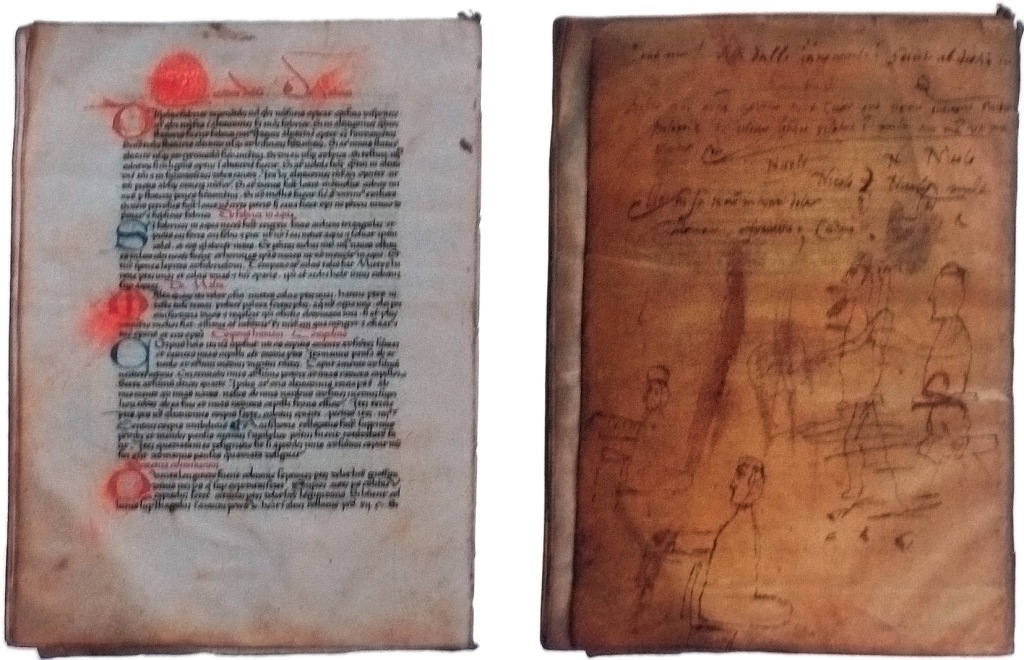As already explained in the fourth episode of this series, the Humanist Renaissance was characterised by a reference for classical literature, mostly Roman, recovered from original Latin manuscripts and not filtered and distorted through repeated translations on their way from Latin into Arabic and back into Latin. It was also a movement that praised a return to classical Latin, away from the, as they saw it, barbaric medieval Latin. In the fifth episode we also saw that, what I am calling, Renaissance science was characterised by a break down of the division that had existed between theoretical book knowledge as taught on the medieval universities and the empirical, practical knowledge of the artisans. As also pointed there this was not so much a breaking down of boundaries or a crossover between the two fields of knowledge as a meld between the two types of knowledge that would over the next two and a half centuries lead to the modern concept of knowledge or science.
One rediscovered classical Latin text that very much filled the first criterium, which at the same time played a major role in the second was De architectura libri decem (Ten Books on Architecture) by the Roman architect and civil and military engineer Marcus Vitruvius Pollio (c.80-70–died after 15 BCE), who is usually referred to simply as Vitruvius and there are doubts about the other two names that are ascribed to him.
From the start we run into problems about the standard story that the manuscript was rediscovered by the Tuscan, humanist scholar Poggio Bracciolini (1380–1459) in the library of Saint Gall Abbey in 1416, as related by Leon Battista Alberti (1404–1472) in his own architecture treatise De re aedificatoria (1452), which was modelled on Vitruvius’ tome. In reality, De architectura had never been lost during the Middle Ages; there are about ninety surviving medieval manuscripts of the book.
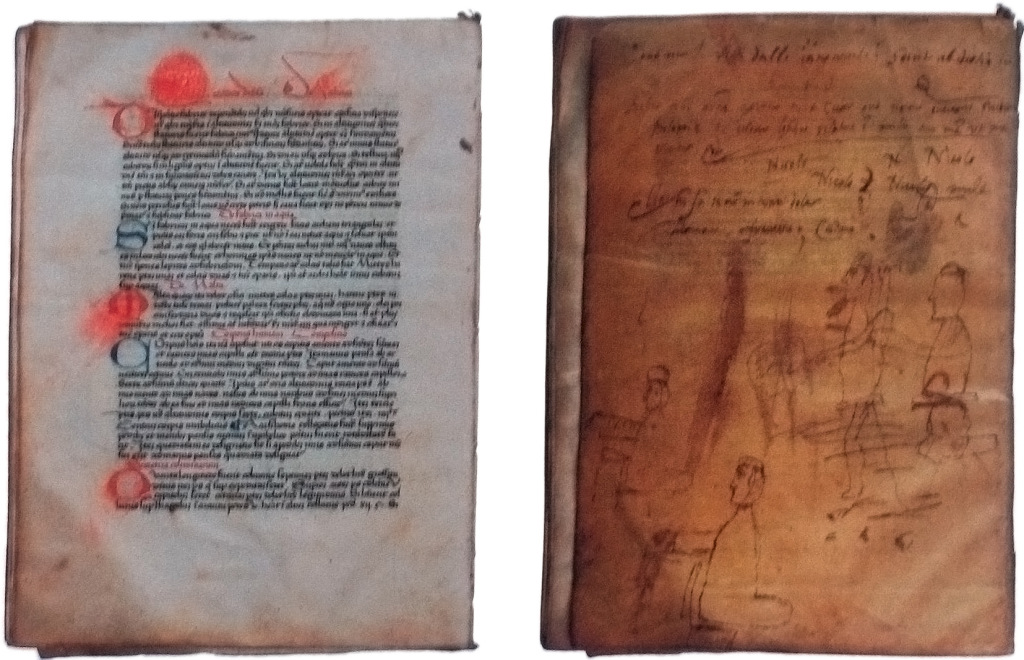
The oldest was made during the Carolingian Renaissance in the early nineth century. Alcuin of York was consulted on the technical terms in the text. During the Middle Ages many leading scholars including Hermann of Reichenau (1013–1054), a central figure of the Ottonian Renaissance, and both Albertus Magnus (c. 1200– 1280) and Thomas Aquinas (1225–1274), who laid the foundations of medieval Aristotelian philosophy, read the text, and commented on it.
However, although well-known it had little impact on architecture in the medieval period. The great medieval cathedrals and castle were built by master masons, whose knowledge was practical artisanal knowledge passed on by word of mouth from master to apprentice. This changed with Poggio’ rediscovery of Vitruvius’ work and the concept of the theoretical and practical architect began to emerge.
Before we turn to the impact of De architectura in the Renaissance we first need to look at the book and its author. Very little is known about Vitruvius, as already stated above, the other names attributed to him are based on speculation, most of what we do know is pieced together from the book itself. Vitruvius was a military engineer under Gaius Julius Caesar (100–44 BCE) and apparently received a pension from Octavian (63 BCE–14 CE), the later Caesar Augustus, to whom the book is dedicated. The book was written around twenty BCE. Vitruvius wrote it because he believed in making knowledge public and available to all, unlike those artisans, who kept their knowledge secret.
The ten books are organised as follows:
- Town planning, architecture or civil engineering in general and the qualification required by an architect or civil engineer
- Building materials
- Temples and the orders of architecture
- As book 3
- Civil buildings
- Domestic buildings
- Pavements and decorative plasterwork
- Water supplies and aqueducts
- The scientific side of architecture – geometry, measurement, astronomy, sundials
- Machines, use and construction – siege engines, water mills, drainage machines, technology, hoisting, pneumatics
In terms of its reception and influence during the Renaissance the most important aspect is Vitruvius’ insistence that architecture requires both ratiocinatio and fabrica, that is reasoning or theory, and practice or construction. This Vitruvian philosophy of architecture took architecture out of the exclusive control of the master mason and into the hands of the theoretical scholars in union with the artisans. This move was also motivated by the humanist drive to study archaeologically the Roman remains in Rome the Eternal City. Vitruvius provided a guide to understanding the Roman architecture, which would become the model for the construction of new buildings.
But for it to become influential Vitruvius’s text first had to become widely available. The first printed Latin edition was edited by the humanist scholar Fra. Giovanni Sulpizio da Veroli (fl. c. 1470–1490) and published in 1486 with a second edition in 1495 or 1496.
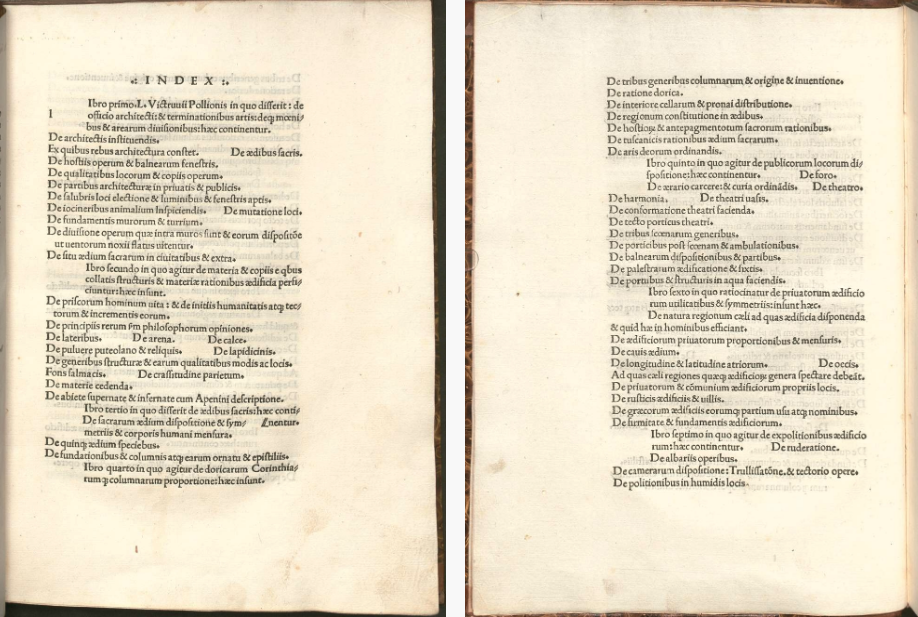
The first printed edition had no illustrations. Fra. Giovanni Giocondo da Verona (c. 1433–1515) produced the first edition with woodcut illustrations, published in Venice in 1511. A second improved edition was published in Florence in 1521.
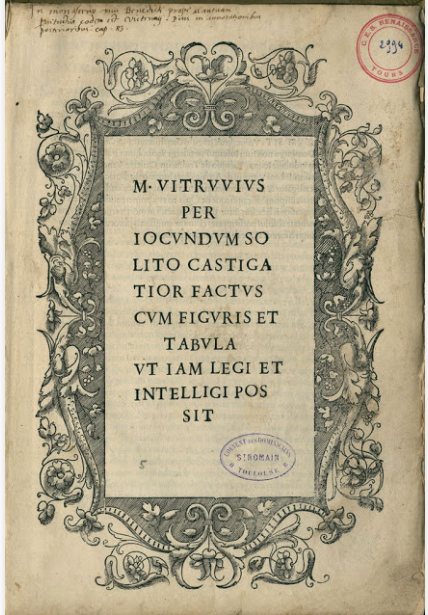
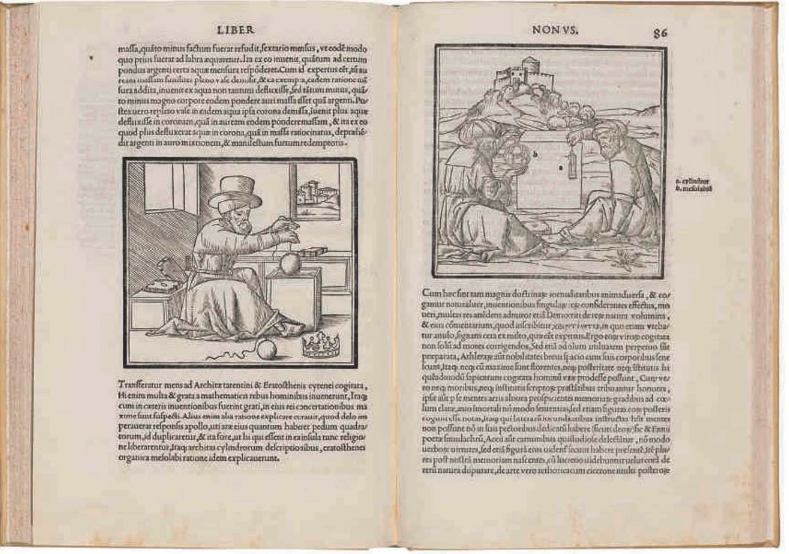
In order for De architectura to reach artisans it needed to be translated into the vernacular, as most of them couldn’t read Latin. This process began in Italy and during the sixteenth century spread throughout Europe. The process started already before De architectura appeared in print. As mentioned above Alberti’s De re aedificatoria (On the Art of Buildings), not a translation of De architectura but a book strongly modelled on it appeared in Latin in print in 1452.
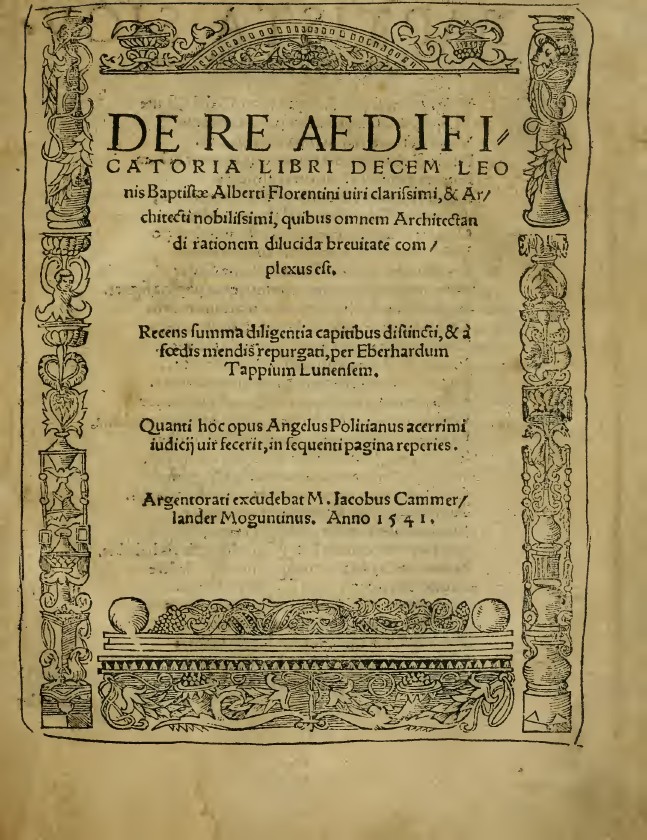
The first Italian edition appeared in 1486 A second Italian edition, by the humanist mathematician Cosimo Bartoli (1503-1572), which became the standard edition, appeared in 1550. Alberti was very prominent in Renaissance culture and very widely read. His influence can be measured by the fact that a collective bilingual, English/Italian, edition of his works on architecture, painting and sculpture was published as late as 1726.
The first Italian edition of De architectura with new illustration and added commentary by Cesare Cesariano (1475-1543) was published at Como in 1521.
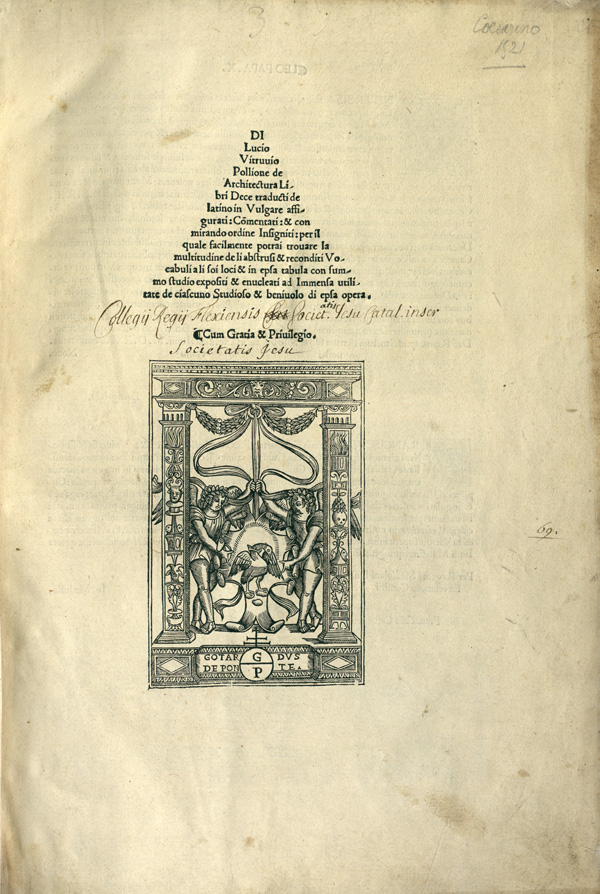
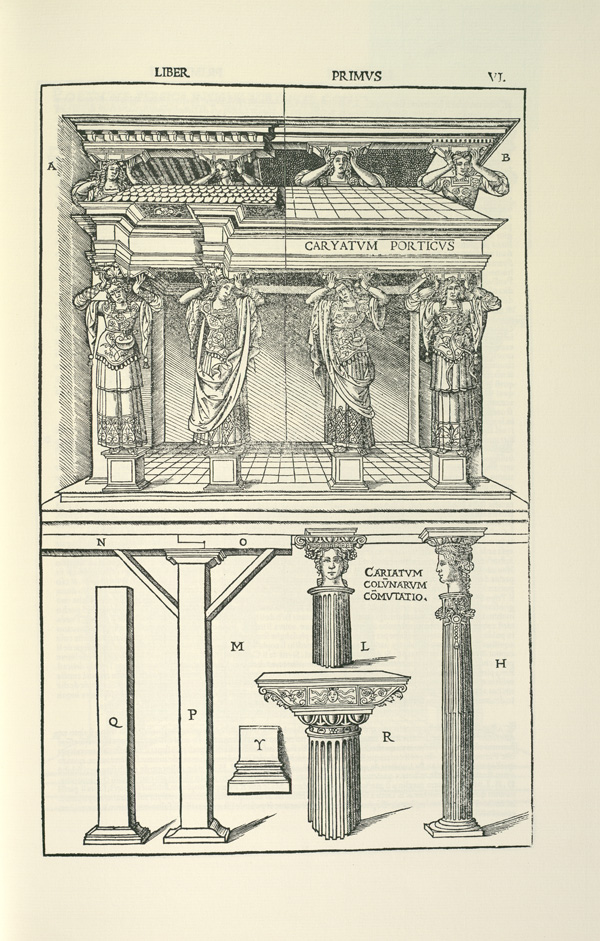
A plagiarised version was published in Venice in 1524. The first French edition, translated by Jean Martin (died 1553), which is said to contain many errors, was published in Paris in 1547.
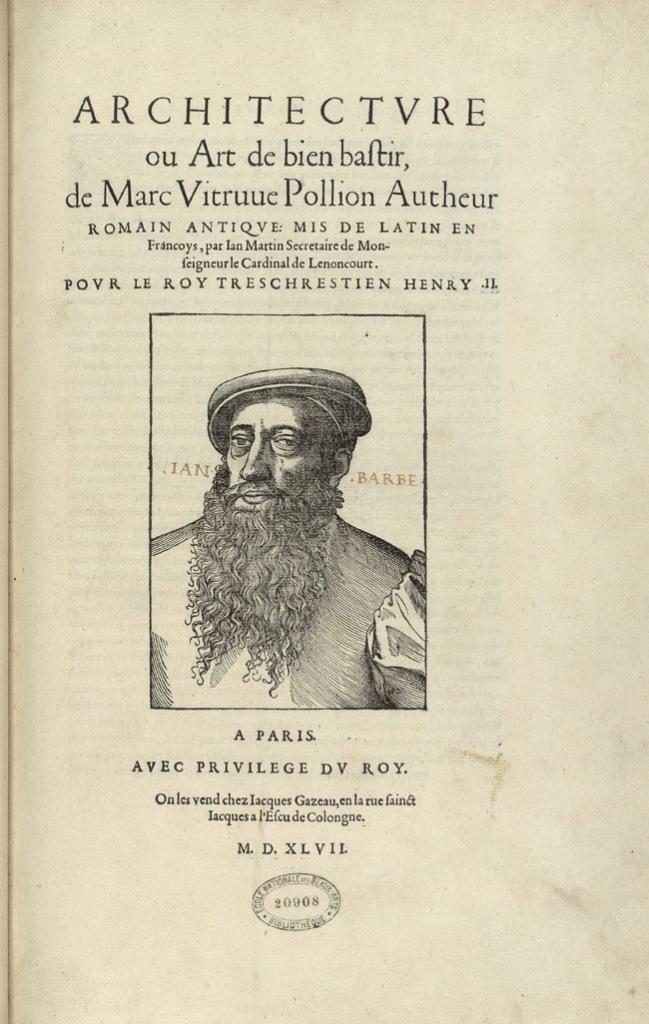
The first German edition was translated by Walther Hermann Ryff (c. 1500–1548). As far as can be determined, it appears the Ryff was an apothecary but work mostly as what today would probably be described as a hack. He published as editor, translator, adapter, and compiler a large number of books, around 40, over a wide range of topics, although the majority were in some sense medical, and was seemingly very successful. He was often accused of plagiarism. The physician and botanist, Leonhart Fuchs (1501–1566) described him as an “extremely brazen, careless, fraudulent author.” Apart from his medical works, Ryff obviously had a strong interest in architecture. He edited and published a Latin edition of De architectura in Strasbourg in 1543. This was followed by a commentary on De architectura in German, Der furnembsten, notwendigsten, der gantzen Architectur angehörigen Mathematischen vnd Mechanischen künst, eygentlicher bericht, vnd vast klare, verstendliche vnterrichtung, zu rechtem verstandt der lehr Vitruuij, in drey furneme Bücher abgetheilet (The most distinguished, necessary, mathematical and mechanical arts belonging to the entire architecture, actual report and clear, understandable instruction of the teachings of Vitruvius shared in three distinguished books), published by Johannes Petreius, the leading European scientific publisher of the period, in Nürnberg in 1547. For obvious reasons this is usually simply referred to as Architektur. This was obviously a product of the German translation of De architectura, which Petreius had commissioned Ryff to produce and, which he published in Nürnberg in 1548 under the title, Vitruvius Teutsch. Nemlichen des aller namhafftigisten vñ hocherfahrnesten römischen Architecti vnd kunstreichen Werck zehn Bücher von der Architectur und künstlichem Bawen… (Vitruvius in German…).
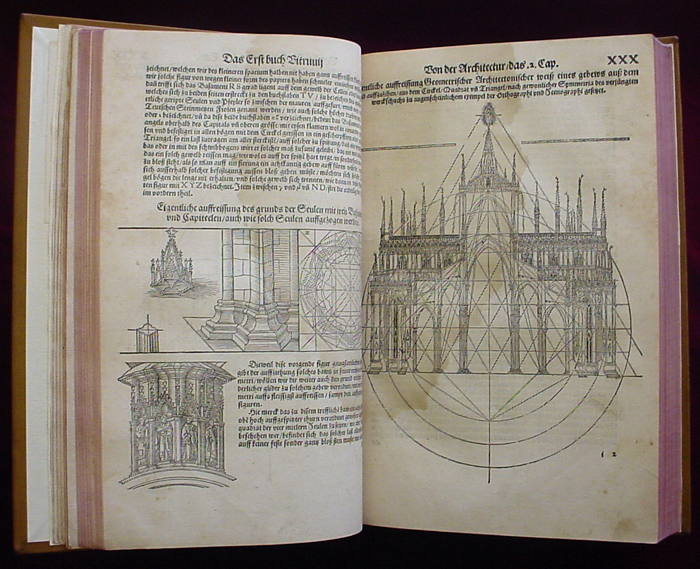
We return now to Italy and the story of the stone mason, Andrea di Pietro della Gondola, born in Padua in 1508. Having served his apprenticeship, he worked as a stone mason until he was thirty years old. In 1538–39, he was employed to rebuild the villa of the humanist poet and scholar, Gian Giorgio Trissino (1478–1550) to rebuild his villa in Cricoli.
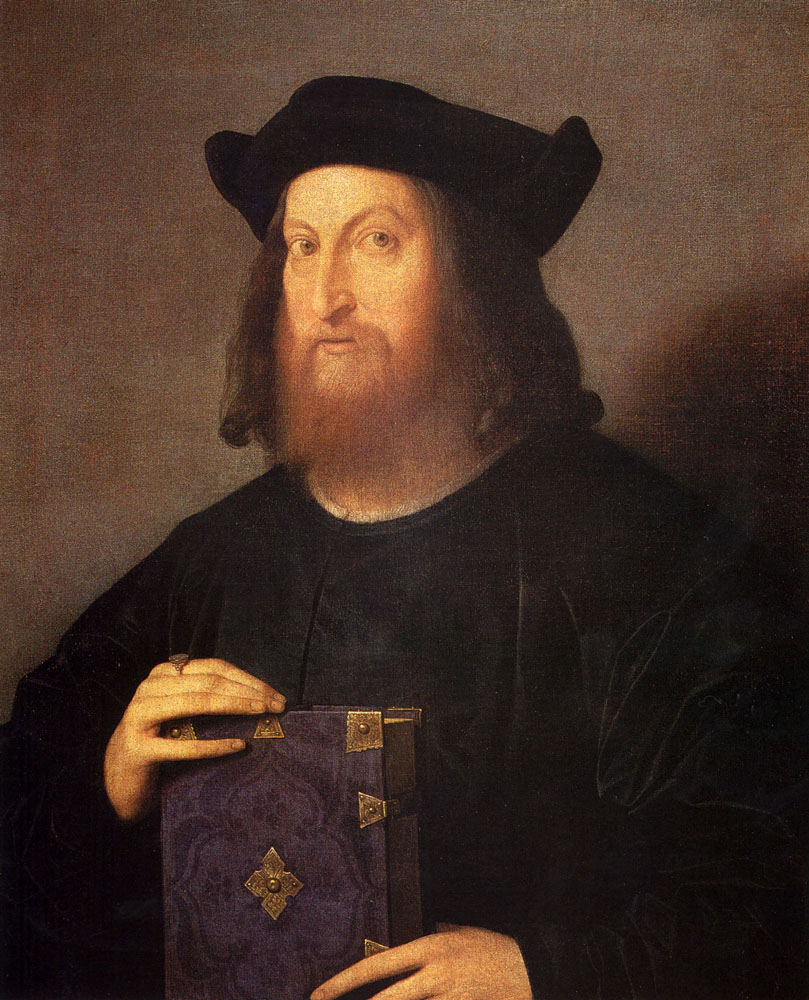
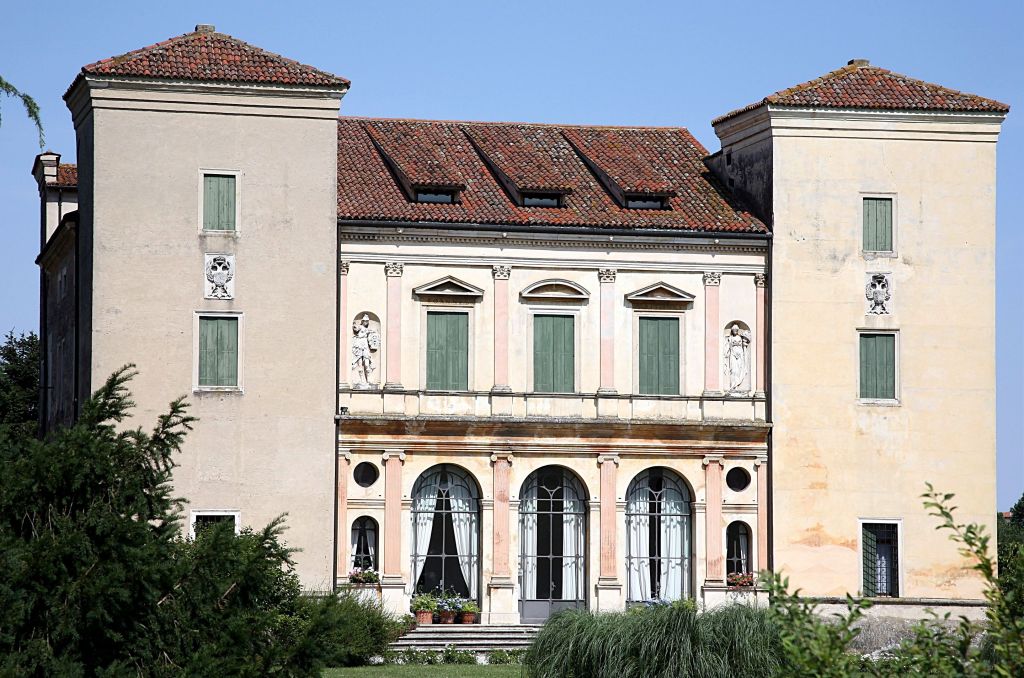
Trissino ran a small private learned academy for young gentlemen in his renovated villa and apparently, having taken a shine to the young stone mason invited him to become a member. Andrea accepted the offer and Trissino renamed him Palladio.
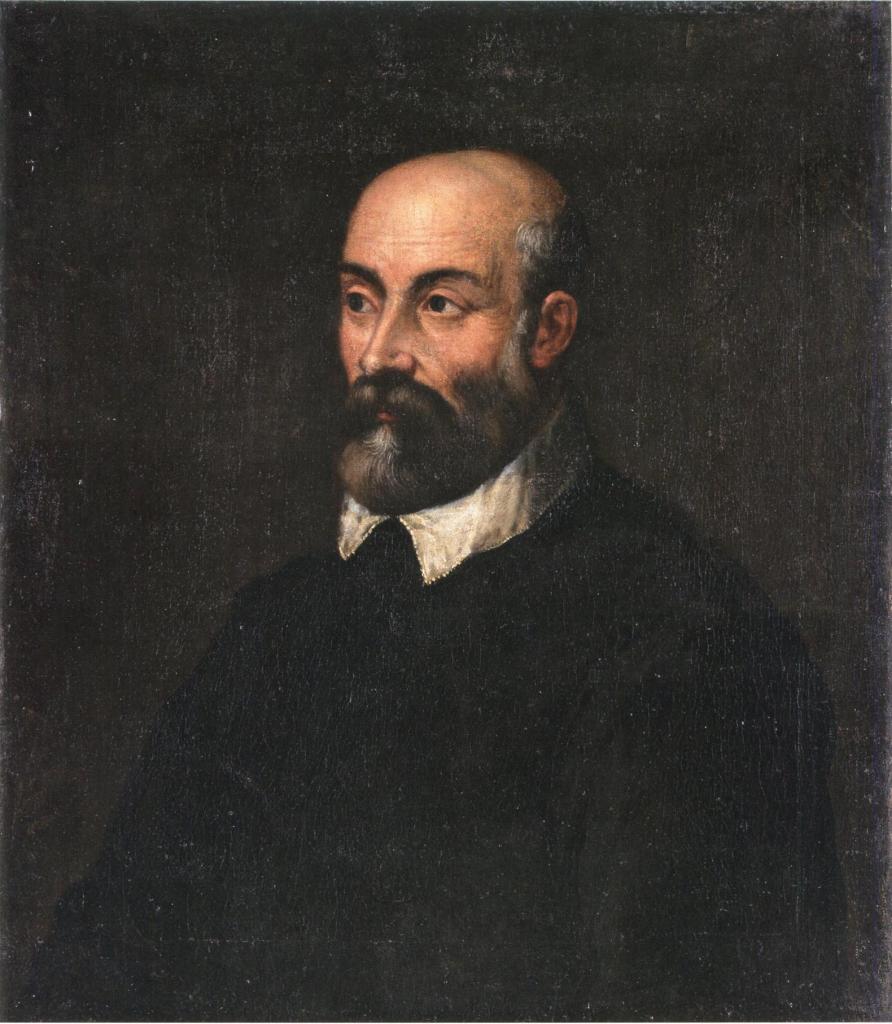
The two became friends and colleagues, and Trissino, who was deeply interested in classical architecture and Vitruvius took the newly christened Palladio with him on trips to Rome to study the Roman ruins. Palladio became an architect in 1540 and became a specialist for designing and building neo-classical, Palladian, villas.
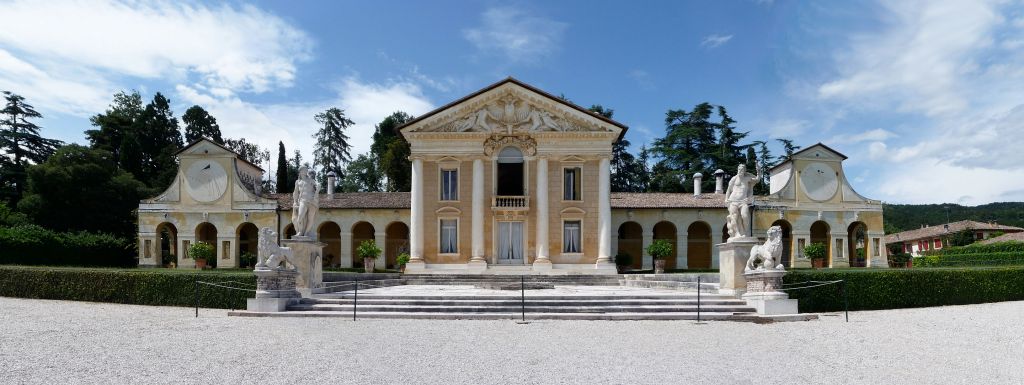
Trissino died in 1550 but Palladio acquired a new patron, Daniele Barbaro (1514–1570), a member of one of the most prominent and influential aristocratical families of Venice.
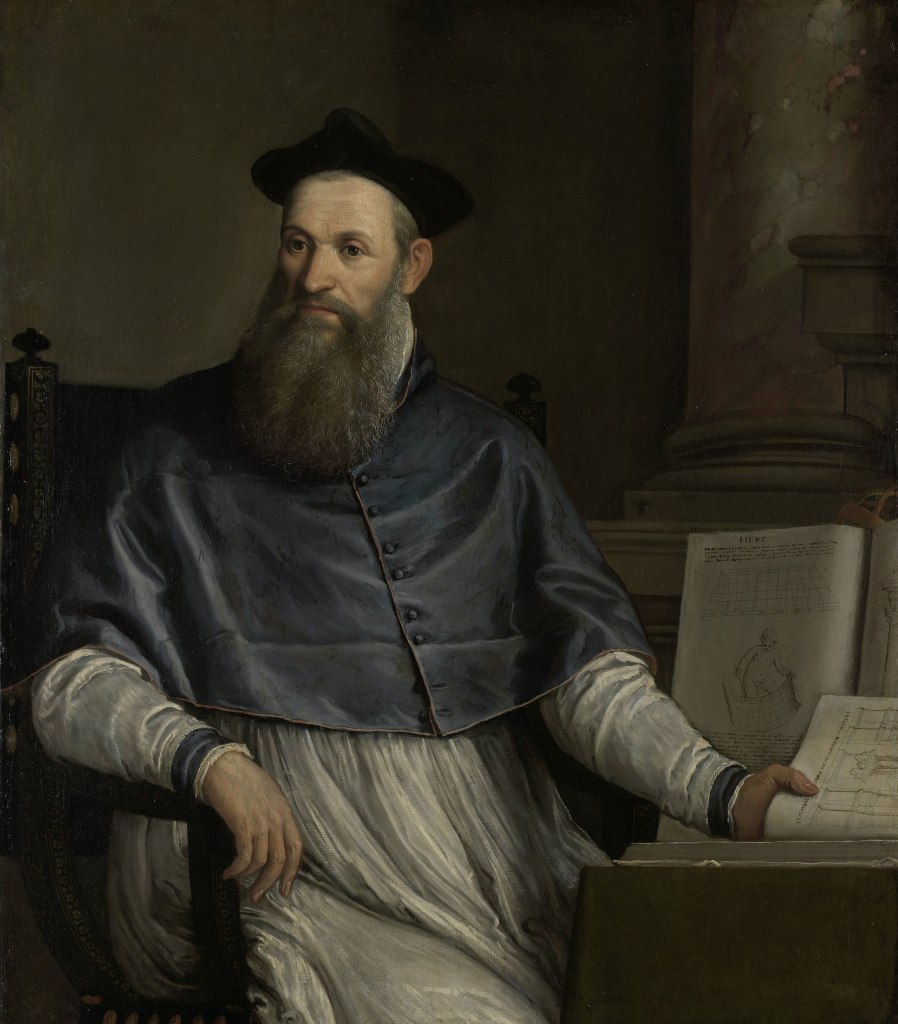
Daniele Barbaro studied philosophy, mathematics, and optics at the University of Padua. He was a diplomat and architect, who like Trissino, before him, accompanied Palladio on expeditions to study Roman architecture. In 1556, Barbaro published a new Italian translation of De architectura with an extended commentary, Dieci libri dell’architettura di M. Vitruvio.
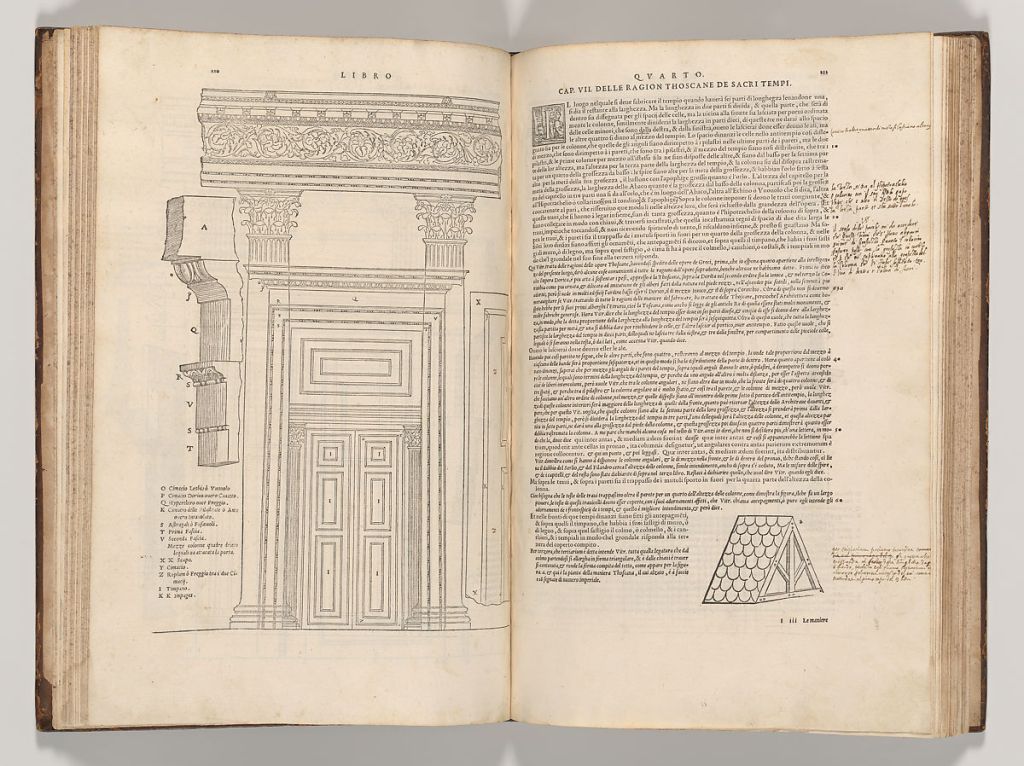
In 1567, he, simultaneously published, a revised Italian and a Latin edition entitled M. Vitruvii de architectura. The illustrations for Barbaro’s editions were provided by Palladio. Barbaro provided the best, to date, explanations of much of the technical terminology in De architectura, also acknowledging Palladio’s theoretical contributions to the work.
Palladio had become one of the most important and influential architects in the whole of Europe, designing many villas, palaces, and churches. He also became an influential author publishing L’Antichida di Roma (The Antiquities of Rome) in 1554,
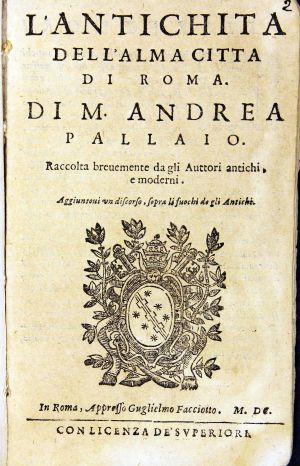
and I quattro libri dell’architettura (The Four Books of Architecture) in 1570, which was heavily influenced by Vitruvius. His books were translated into many different languages and went through many editions right down into the eighteenth and nineteenth centuries. His work inspired leading architects in France and Germany.
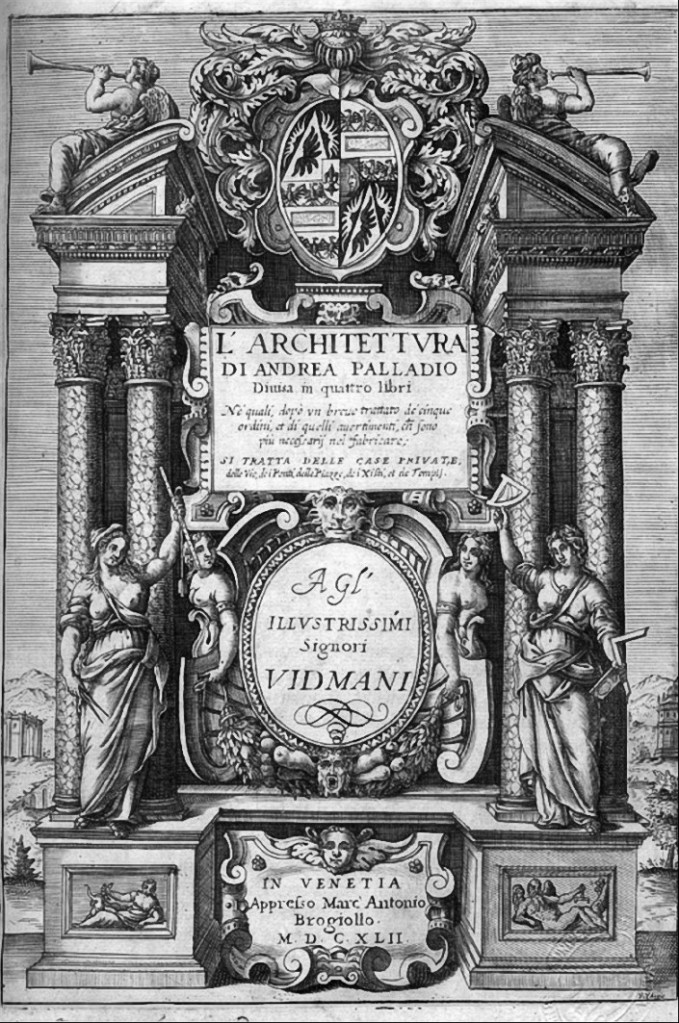
Up till now we have said nothing about England, which as usual lagged behind the continent in things mathematical, although in the second half of the sixteenth century both Leonard Digges and John Dee, of the so-called English school of mathematics, counted architecture under the mathematical disciplines. In 1563 John Shute (died 1563) included Vitruvian elements in his The First and Chief Grounds of Architecture.
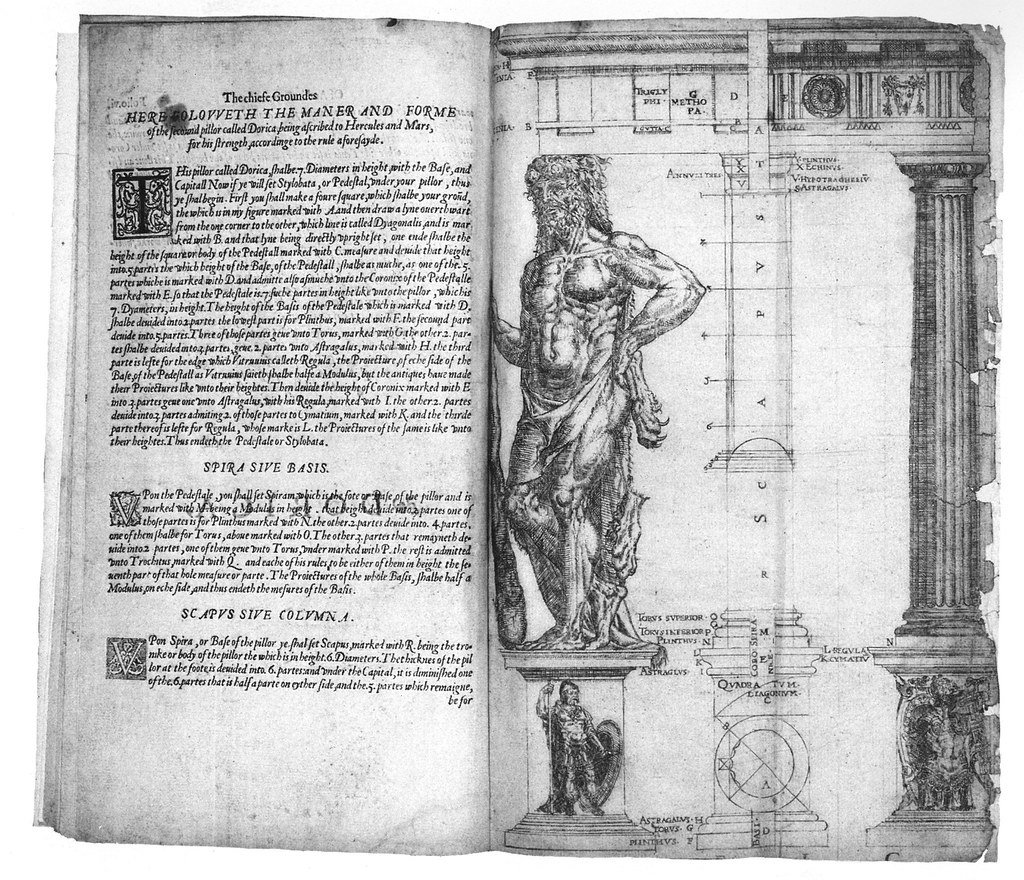
Inigo Jones (1573–1652) was born into a Welsh speaking family in Smithfield, London. There is minimal evidence that he was an apprentice joiner but at some point, before 1603 he acquired a rich patron, who impressed by his sketches, sent him to Italy to study drawing in Italy.
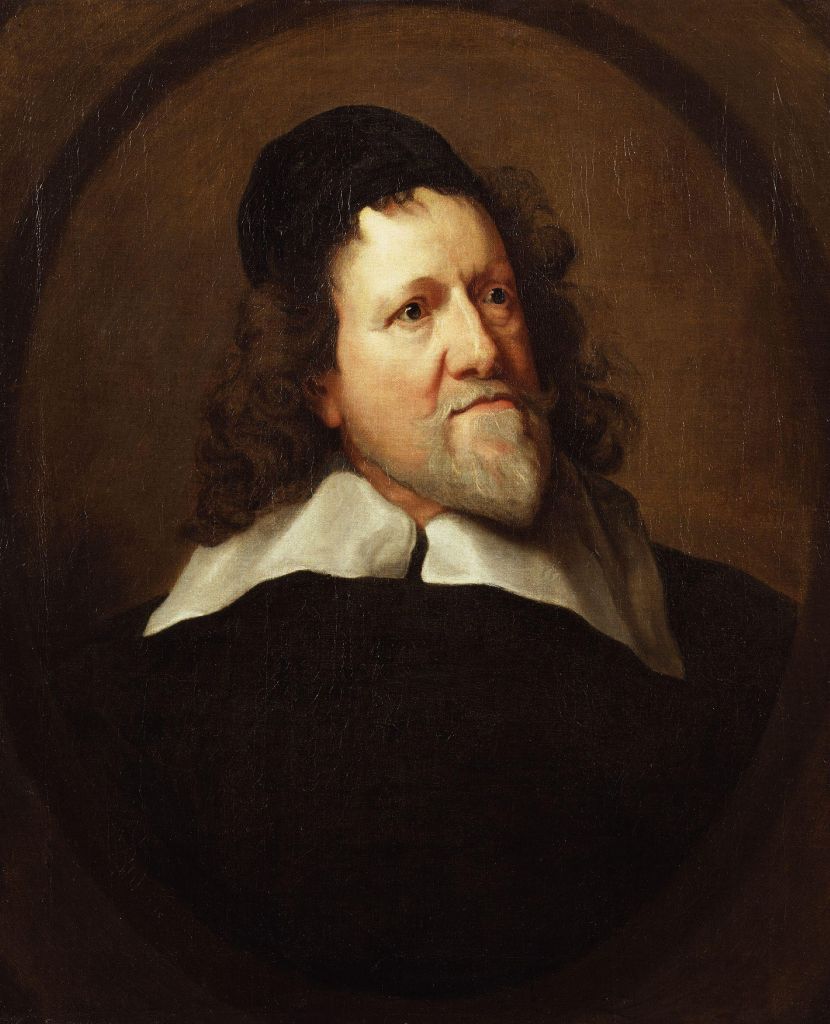
In a second visit to Italy in 1606 he came under the influence of Sir Henry Wotton (1568–1639) the English ambassador to Venice.
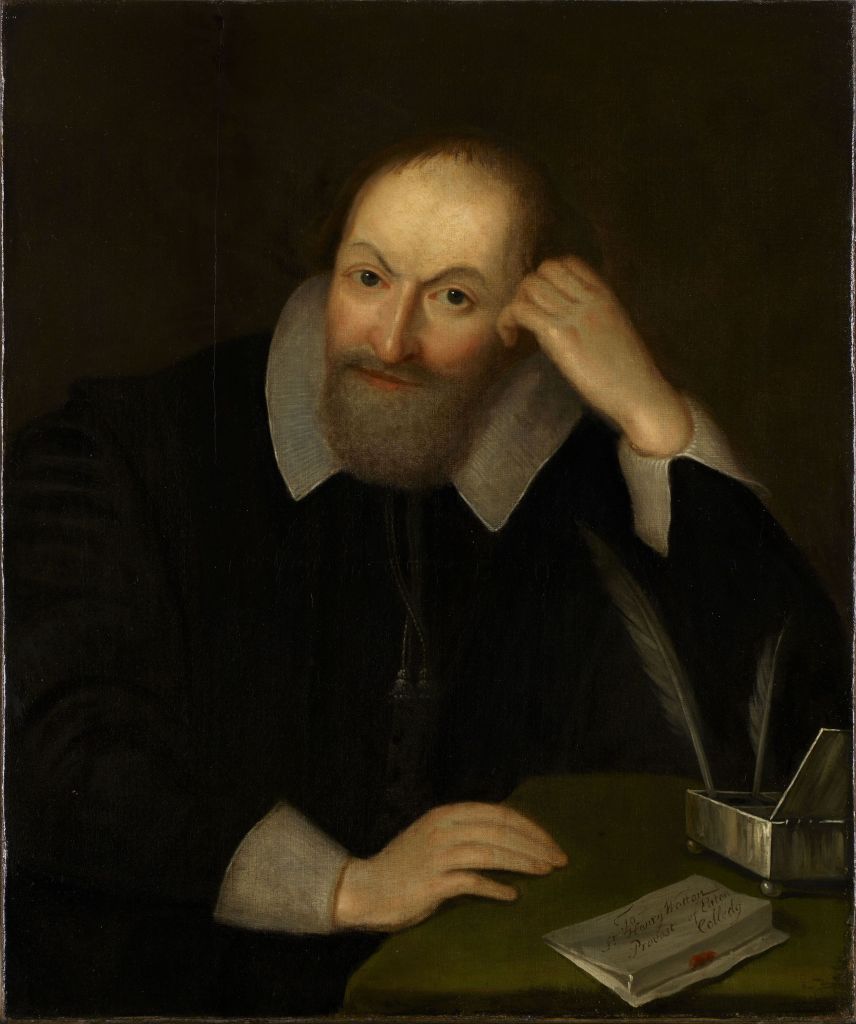
Wotton was interested in astronomy, and it was he, who sent two copies of Galileo’s Sidereus Nuncius (1610) to London on the day it was published. Wotton convinced Jones to learn Italian and introduced him to Palladio’s I quattro libri dell’architettura. Jones’ copy of the book has marginalia that references Wotton. In 1624, Wotton published The Elements of Architecture a loose translation of De architectura into English. The first proper translation appeared only in 1771.
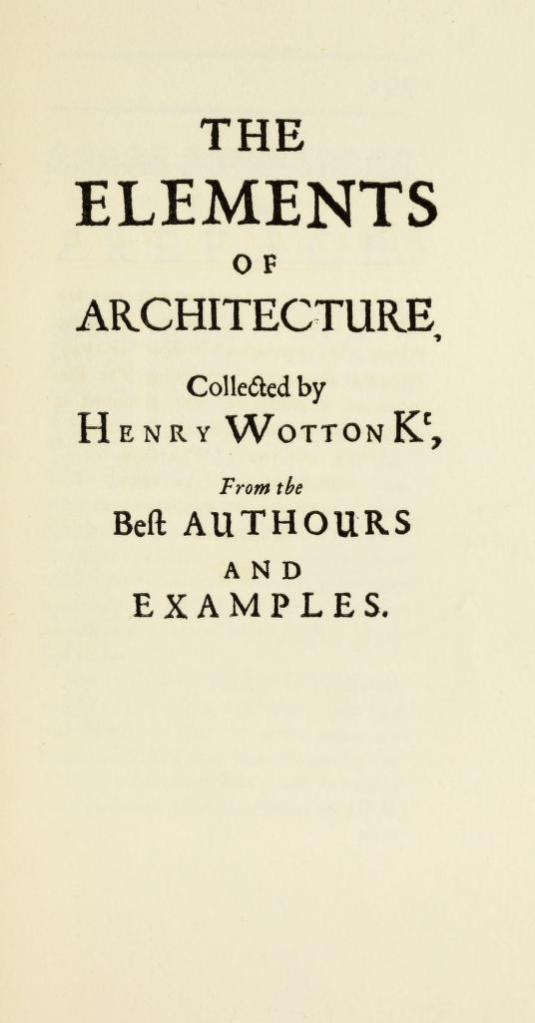
Inigo Jones introduced the Vitruvian–Palladian architecture into England and became the most influential architect in the country, becoming Surveyor of the King’s Works.
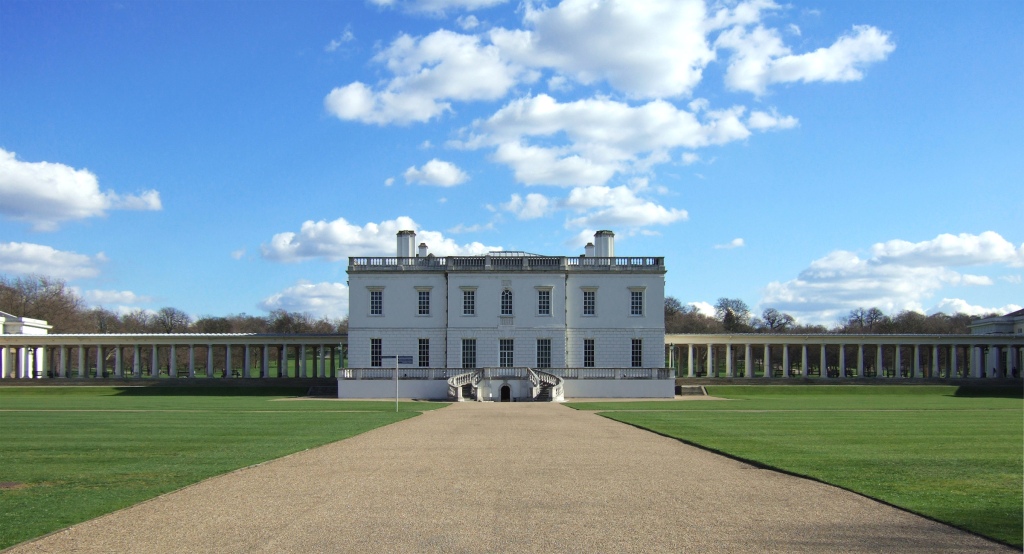
His career was ended with the outbreak of the English Civil War in 1642. England’s most famous architect Christopher Wren (1632–1723), a mathematician and astronomer turned architect stood in a line with Vitruvius, Palladio, and Jones. It is very clear that the humanist rediscovery and promotion of De architectura had a massive influence on the development of architecture in Europe in the sixteenth and seventeenth centuries, in the process dissolving the boundaries between the theoretical intellectuals and the practical artisans.
